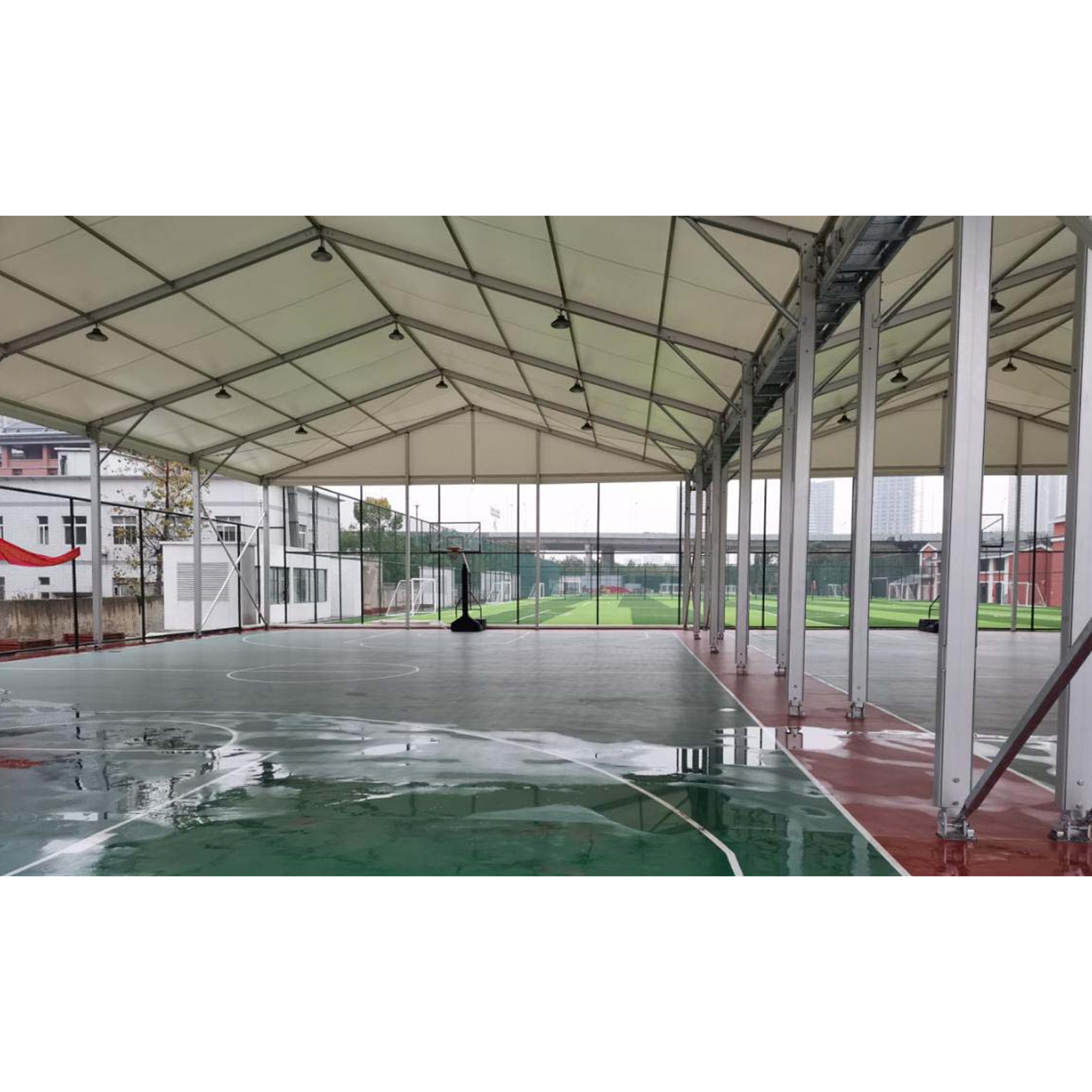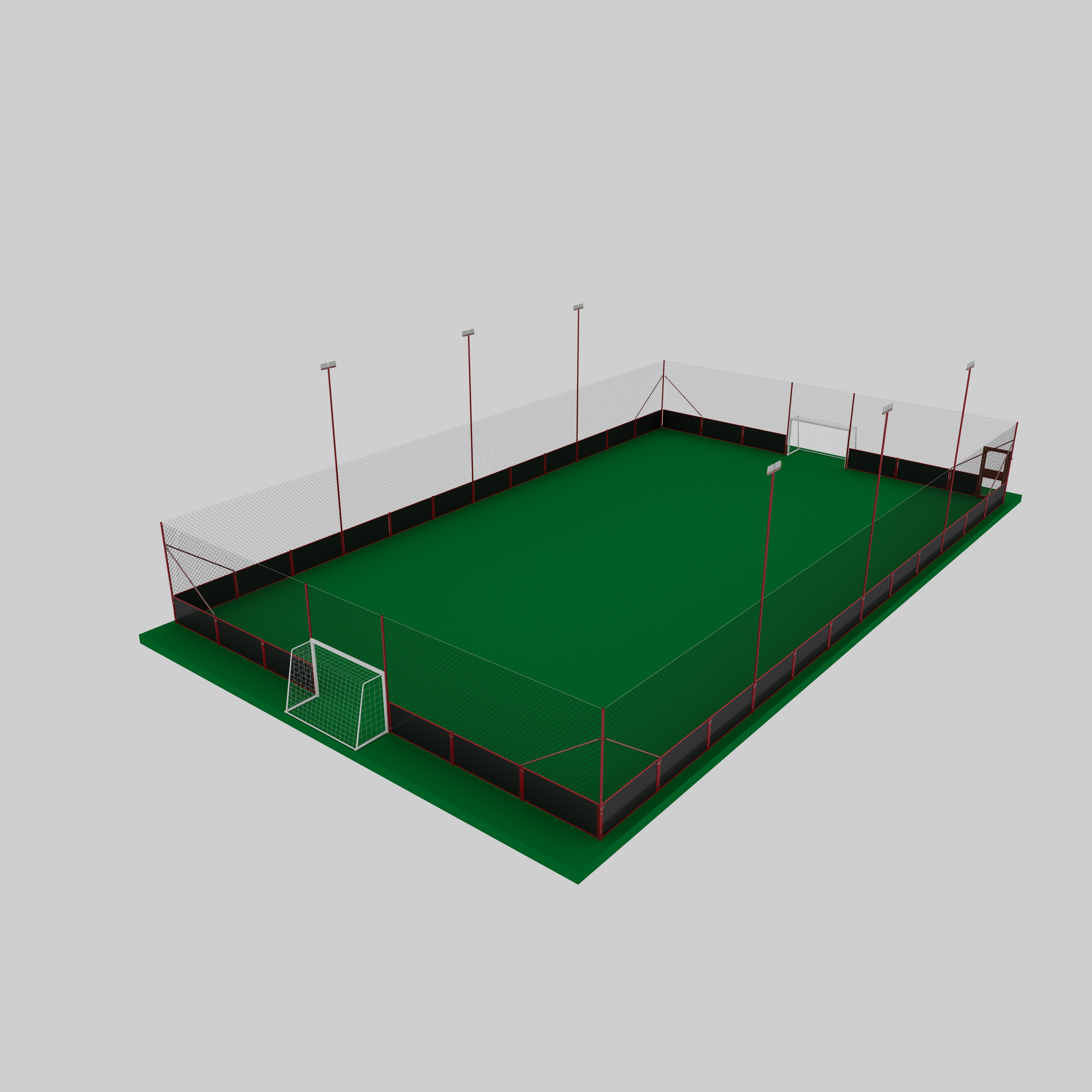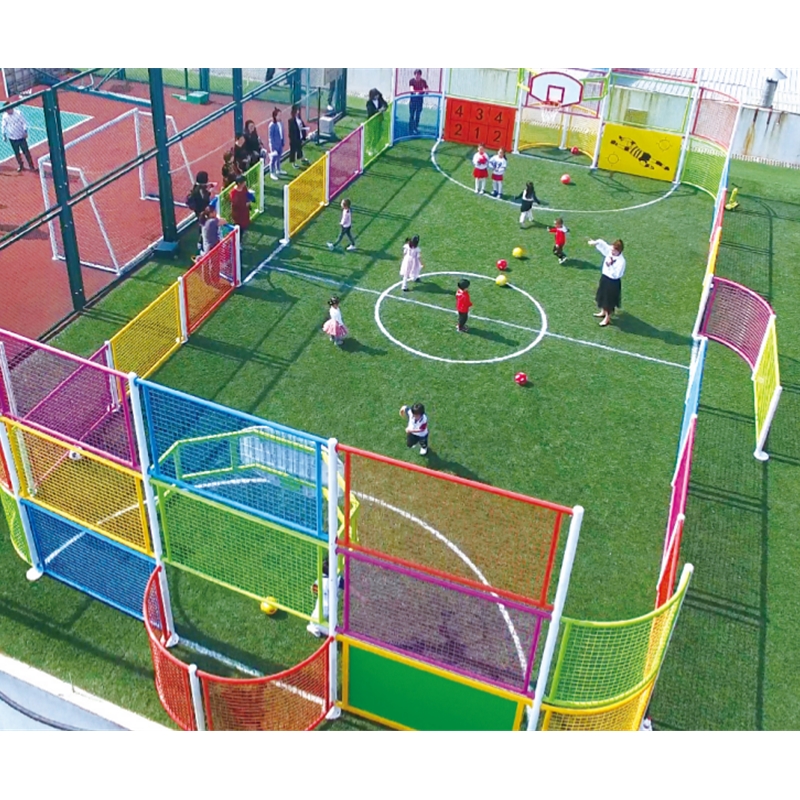The origins of gymnastics can be traced back to ancient Greece. But nationalism has been driving the rise of modern gymnastics from the Napoleonic Wars to the Soviet era.
Naked man exercising in piazza. stoic bodyguard at Abraham Lincoln’s inauguration. Diminutive teenagers rising from the ground in a dizzying series of flips and jumps. These images are no accident – they are all part of gymnastics history.
With the rise of athletes like Simone Biles and Kohei Uchimura, the sport has become one of the most beloved events in the Olympics. Gymnastics didn’t always include the uneven bars or balance beam – early gymnastics included maneuvers such as rope climbing and baton swinging. But in its evolution from ancient Greek tradition to modern Olympic sport, gymnastics has always been closely associated with national pride and identity.
Ancient Greek athletes often practiced their gymnastic skills in the nude. These early gymnasts were training their bodies for war.
Origin of Gymnastics
The sport originated in ancient Greece. In ancient Greece, young men underwent intense physical and mental training for war. The word comes from the Greek gymnos, “naked” – apt, since young men trained naked, doing exercises, lifting weights and competing against each other on the floor.
For the Greeks, exercise and learning went hand in hand. According to sports historian R. Scott Kretchmar, the gyms where Greek young men trained were “centers of scholarship and discovery”-community centers where young men were educated in the physical and intellectual arts. The fourth-century B.C. Greek philosopher Aristotle wrote, “The education of the body must precede the education of the mind.”
But gymnastics, as we know it today, came from another hotbed of intellectualism and heated debate: 18th- and 19th-century Europe. There, as in ancient Greece, being physically fit was seen as an integral part of citizenship and patriotism. The popular gymnastic societies of that era combined all three.
Friedrich Ludwig Jahn, a former Prussian soldier, was disheartened by his country’s defeat at the hands of Napoleon. He invented a form of gymnastics called Turnen, which he believed would revitalize his country.
Former Prussian soldier Friedrich Ludwig Jahn – later known as the “Father of Gymnastics” – embraced the Enlightenment era’s philosophy of national pride and education.
After Prussia was invaded by France, Jahn viewed the defeat of the Germans as a national disgrace.
To uplift his countrymen and unite the youth, he turned to physical fitness. Jahn created a system of gymnastics called “Turner” and invented new apparatus for his students, including the double bar, uneven bars, balance beam, and horse stance.
Jahn invented enduring exercises, including the vault and balance beam, which his followers performed at Turner Festivals across the country. Pictured are women from the Hannoversche Musterturnschule performing at the festival in Cologne in 1928.
How Nationalism Fueled the Rise of Gymnastics
In the early 19th century, followers of Jahn (known as “Turners”) exchanged ideas about moves similar to modern gymnastics in cities across Germany. They trained their skills on the balance beam and pommel horse, climbed ladders, rings, long jumps, and other activities, all while putting on large-scale gymnastic performances.
At the Turner Festival, they exchange ideas, compete in gymnastics, and discuss politics. Over the years, they brought their ideas about philosophy, education, and fitness to the United States, and their gymnastics clubs became vital community centers in the country.
Turner also became a political force in America. Many left their homeland because they opposed the German monarchy and longed for freedom. As a result, some Turners became staunch abolitionists and supporters of Abraham Lincoln.
Two companies of Turners provided protection for President Lincoln at his first inauguration, and Turners even formed their own regiments in the Union army.
Meanwhile, another fitness-oriented European sect sprang up in Prague in the mid-19th century. Like the Turners, the Sokol movement was composed of nationalists who believed that mass-coordinated calisthenics would unite the Czech people.
The Sokol movement became the most popular organization in Czechoslovakia, and its exercises included parallel bars, horizontal bars, and floor routines.
Romania’s Nadia Comăneci became the first female gymnast to score a perfect 10 at the 1976 Olympics. The 14-year-old athlete is pictured leaping high on one foot during a floor routine that year.
Gymnastics at the Olympics
As Turner and Sokol’s popularity grew, gymnastics became more and more popular. By 1881, international interest in gymnastics was growing, and the International Gymnastics Federation was born.
During the first modern Olympic Games in 1896, gymnastics was one of the compulsory events for founder Pierre de Coubertin.
Seventy-one men competed in eight gymnastics events, including rope climbing. Unsurprisingly, Germany swept all the medals, winning five gold, three silver and two bronze. Greece followed with six medals, while Switzerland won only three.
In the years that followed, gymnastics gradually became a sport with standardized scoring and competition events. Gymnastics is divided into two parts: artistic gymnastics, which includes vault, uneven bars, balance beam, pommel horse, static rings, parallel bars, horizontal bars and floor; and rhythmic gymnastics, which includes apparatus such as rings, balls and ribbons.In 1928, women competed in Olympic gymnastics for the first time.
Today, Simone Biles of the United States is the most decorated gymnast in history. Her impressive feats have inspired awe and national pride, including her performance at the 2016 Summer Olympics in Rio de Janeiro, where she won four gold and one bronze medal.
Scandal.
Gymnastics encourages national unity and celebrates the perfect body. But athletes have paid a steep price for it. The discipline that gymnastics promotes can easily lead to abusive training methods, and the sport has been criticized for favoring very young participants.
In 2016, USA Gymnastics team doctor Larry Nassar was accused of sexually abusing children. In the months that followed, a scandal unraveled the behind-the-scenes world of gymnastics, exposing a culture of verbal, emotional, physical, sexual abuse and subjugation.
More than 150 gymnasts testified at the sentencing hearing for Nassar, who was sentenced to 60 years in federal prison in 2017.
Tradition.
Gymnastics is no longer part of a broad political movement in favor of nationalism and social solidarity. But its popularity and its role in national pride continue.
David Clay Large, a senior fellow at the Center for European Studies at the University of California, Berkeley, writes in the journal (Foreign Policy), “Ultimately, this is what the Olympics are all about.”
He writes, “These so-called ‘cosmopolitan’ celebrations succeed precisely because they express what they are trying to transcend: the world’s most basic tribal instincts.”
Publisher:
Post time: Mar-28-2025















